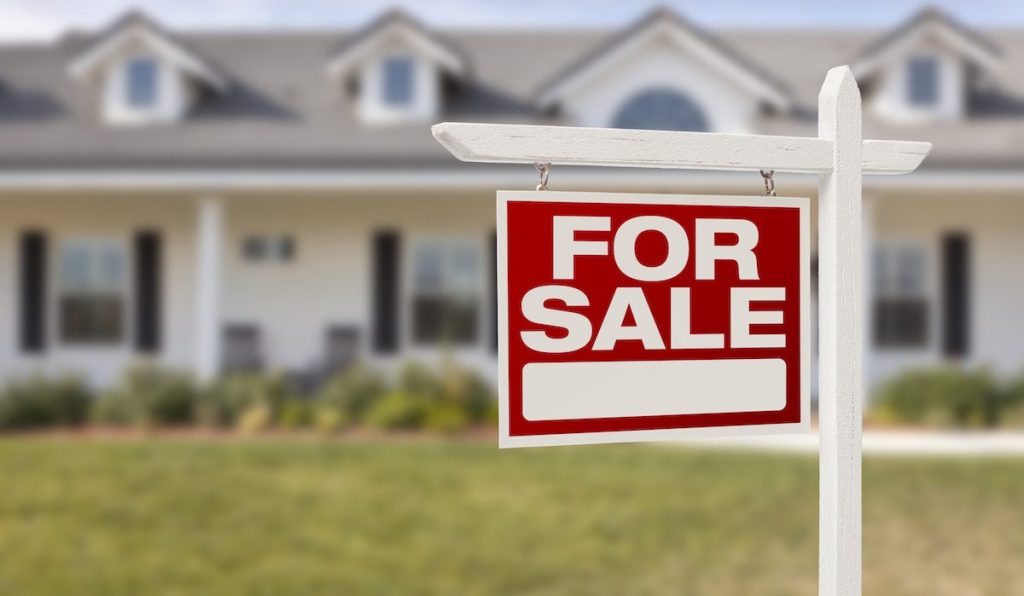In a release on Thursday, the Urban Institute projected the future headship rate — the share of adults who are the heads of households — and the homeownership rate — the share of household heads who own their homes — through 2040.
Per Laurie Goodman, Urban Institute vice president of housing finance policy, policymakers and thought leaders need to understand the trajectory of the homeownership rate — where it has been, where it is going, who it has benefitted, and who it has left behind.
The analysis found that household growth will be weak over the next two decades. After a 7.3 million average growth from 2010 through 2020, UI projects 8.5 million in growth from 2020 through 2030 and 7.6 million in growth from 2030 to 2040.
“This decline is the result of slowing U.S population growth and lower headship rates for most age groups,” Goodman said.
They also project that all of household net growth will be from households of color, and a majority of that growth, in turn, will be from senior citizens.
Here’s how to find property owners ready to sell
In today’s low-inventory environment, complicated by external factors such as forbearance and foreclosure moratoriums, it’s crucial for real estate agents and brokers to be proactive in order to grow their business.
Presented by: PopStream
Between 2020 and 2040, Hispanic households will grow by 8.6 million, households of other races (mostly Asian households) will grow by 4.8 million, and Black households will grow by 3.4 million. White households will decline by 0.6 million. Of the projected 16.1 million net new households formed in those 20 years, 13.8 million will be headed by someone over 65.
However, the homeownership rate will also continue to fall for every age group.
“People who were 25 to 44 years old in 2010 are the most affected age group, as the Great Financial Crisis hindered their ability to become or remain owners,” Goodman said. “The aging of the U.S. population will cushion the drop in the overall homeownership rate because older households have higher homeownership rates.”
In all, Goodman projects the overall homeownership rate will fall from 65% in 2020 to 62% by 2040.
Specifically, the Urban Institute projects the decline in the homeownership rate will be particularly pronounced for Black households headed by 45-to 74-year-olds.
“If current policies stay the same, the Black homeownership rate will fall well below the rate of previous generations at the same age and result in an unprecedented number of Black renters over 65,” Goodman said. “We project elderly Black renters will more than double from 1.3 million in 2020 to 2.6 million in 2040.”
Between 2020 and 2040, there will be 6.9 million net new homeowner households, a 9% increase, per UI. Hispanic homeowners will grow by 4.8 million, homeowners of other races (mostly Asian homeowners) will grow by 2.7 million, and Black homeowners will grow by 1.2 million. The total number of white homeowners will decline by 1.8 million.
Finally, renter growth will be more than twice the pace of homeowner growth from 2020 to 2040. In the 20 year span, there will be 9.3 million net new renter households, a 21% increase, per the report. Hispanic renters will grow by 3.8 million, Black renters by 2.2 million, renters of other unspecified races (including Asian renters) by 2.1 million, and white renters by 1.2 million.
Goodman said UI is already focusing on policies directly impacting seniors citizens and the racial homeownership gap.
“To prepare for the surge in renters and coming demographic changes, we need to increase the supply of affordable homes and better tailor these homes to the needs of future owners and renters through more flexible zoning and land use regulations,” she said.
“To decrease the enormous racial homeownership gap, we need to take concerted action to improve and expand financial education and homeownership preparation, and increase the visibility, access, and types of down payment assistance programs.”
Goodman added that re-examining the qualifications for borrowers for mortgages and revamping the process to more precisely assess creditworthiness will also decrease the racial homeownership gap.
“We need to implement programs that sustain homeownership for borrowers with less wealth — especially people of color,” she said.






